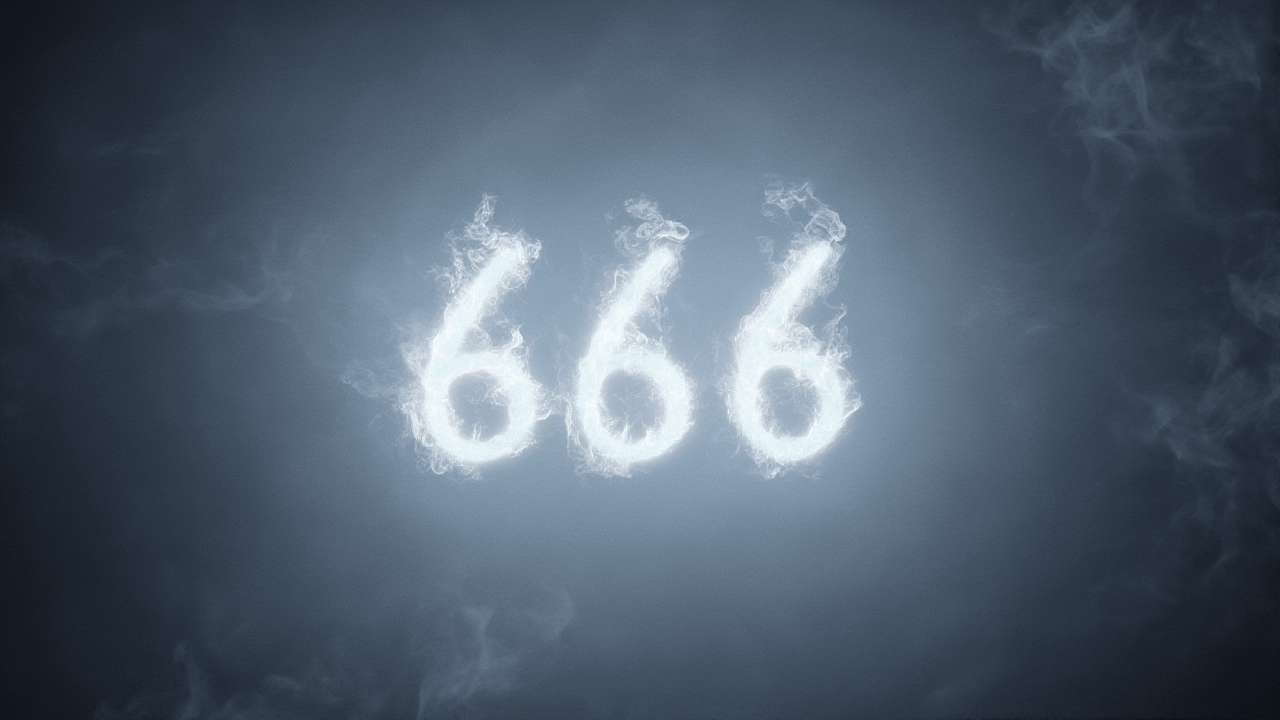Have you ever wondered about the number 666? It pops up everywhere, from movies to heavy metal songs, always carrying this spooky, mysterious vibe. But what does it really mean, and why is it so famous? Let’s decode it for you!
The story of 666 starts in the Bible, specifically in the Book of Revelation, chapter 13, verse 18. This passage talks about “the number of the beast,” and it’s described as “the number of a man.” It’s not meant to be a literal identity, but a riddle, something to be calculated or understood.
In this apocalyptic vision, the “Beast” isn’t a literal monster, but a symbol of evil, rebellion against God, and oppressive earthly power. The number 666 is often linked to the “mark of the beast,” which those who oppose God are said to receive. It’s seen as a symbol of humankind’s imperfection and defiance against the divine.
Now, here’s where it gets interesting: many scholars believe 666 was a coded message using a system called “gematria.” In ancient Greek and Hebrew, letters also had numerical values. When you convert the name “Nero Caesar” from Greek into Hebrew, it astonishingly adds up to 666! Emperor Nero was notorious for persecuting early Christians, so this was likely a clever, secret way for the Bible’s author to criticize him without outright naming him and facing Roman wrath.
Today, 666 is deeply embedded in popular culture, often used as a shorthand for evil or the Devil. People have even gone to lengths like changing street addresses or flight numbers to avoid it, a phenomenon sometimes called “hexakosioihexekontahexaphobia” – yep, that’s a real fear! But interestingly, in Chinese culture, 666 is considered a lucky number, often meaning “everything goes smoothly.” So, while for many it’s a symbol of ultimate evil, its true historical meaning is a bit more nuanced and quite ingenious.
So, 666 isn’t some random scary number. It’s a powerful ancient symbol, likely a coded reference to a tyrannical ruler, meant to represent human imperfection and opposition to divine will. It’s a testament to the cleverness of ancient writers and a reminder that symbols often carry deeper, more complex meanings than we initially perceive.

